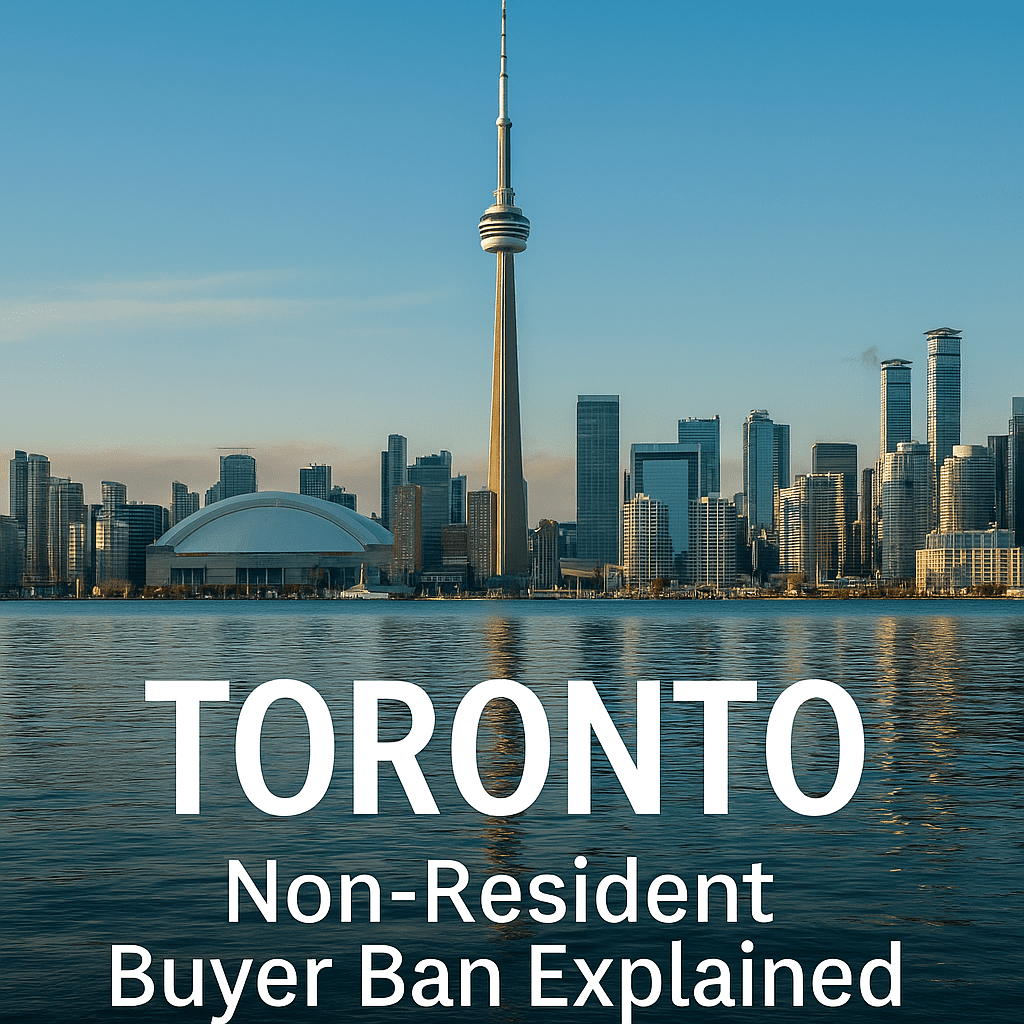A few hours north of the congestion and pollution of the country’s largest city lies an oasis of solitude. A place where people can breathe fresh pine-tinted air, cannonball into crystal-clear water, or just sit around a fire under the stars.
Ontario’s cottage country has been an escape for city-dwellers for generations. Every summer a wave of people brave the much maligned “cottage country traffic” in order to escape for a few precious days. It’s a time-honoured tradition and, as such, demand for cottage properties is always high.
Shawn Woof is a sales agent for Sotheby’s Realty specializing in cottage properties. He says the cottage market has always been a hot one in Ontario.
I would say in the last two seasons the market has been stronger but there’s always a desire for a cottage property. I think it’s a dream that a lot of Canadians, and people all over the world for that matter, aspire to.
Woof operates out of Port Carling, in the Muskoka region but has also acted for buyers and sellers in the Kawartha Lakes, Haliburton and Georgian Bay areas.
Location, location, location
Whatever draws people to purchase a cottage, Woof says their homebase will usually impact where they end up buying. East of Yonge in Pickering or Oshawa? They’ll probably end up in the Kawartha region. Those who live West of Yonge–in Oakville, Burlington or even as far away as London–will typically head up the 400 to Muskoka and Haliburton.
The typical buying pattern consist of considering the driving range as the decisive factor. Woof says, Torontonians usually go for the 2-2,5 hour trip, but also notes that the further they go the better deal they receive.
Things To Consider
One of the first things that people need to understand, according to Woof, is that every cottage property is unique. Shoreline, topography, and lot size combine to make each space special.
There’s no such thing as a cookie-cutter-type property. Even properties that are right beside each other can have significant differences.
With that in mind, it’s important for people to know what they need, what they want, and what they’re willing to compromise on. Woof provides a short list of some things to keep in mind:
- Exposure To The Sun – Does the building face North, South, East or West? According to Woof, Southwest and West exposures are the most desirable since they face the sun set.
- Access – Can the property be accessed year-round or is the road only accessible seasonally? Is the road municipally or privately owned or maybe the cottage is only accessible by water?
- Shoreline – Is it sandy and good for wading near the shore, or a steep drop off and good for cannonballing off the dock?
- Typography – Is the property level or is it a steep walk to the water? Woof suggests it might be more difficult to conquer steep surface and stairs for older people. Also, “a level piece of land” is safer for kids who like to run around and play outside.
- The building – How many bedrooms does it have? How many bathrooms? What shape is it in? Is it usable year round?
- Services – Is water taken in from the lake or a well? Is it drinkable? What’s the condition of the septic system?
The Process
The process for buying a cottage usually starts on sites like realtor.ca or sothebysrealty.ca, according to Woof. Potential buyers begin looking for properties and try to match their vision with what they find online. This can differ from buying a home in the city, where reaching out to a realtor will often be peoples’ first step.
After looking around online, buyers will contact a realtor like Woof who will start showing them some options. This takes more time than it would if you were buying in the city. People need to commit a whole day to driving up to cottage country and checking out different options.
When they finally commit to coming up and looking at properties, quite often things are different than what they have perceived on line. Until I actually get people in front of me at particular properties, because of the uniqueness of each property, I can’t fully ascertain what [the buyers’] likes and dislikes are.That’s why it’s impossible to buy a cottage without taking time to look at the individual properties.
While it can be time consuming, Woof says it’s worth it.
It can sometimes take two or three visits. It could take more or less, but the process absolutely requires visiting a number of properties and making sure that we understand exactly what property’s going to best fit their overall needs.
The Land of the Lakes
Since part of Woof’s job requires showing people around a vast swath of territory he and other realtors like him need to have a large knowledge base.
Imagine how many lakes there are in Ontario. So not only do you need to be really familiar with the property and how to look at it and the building and what goes into it, you also need to be familiar with the lake, the area, the amenities that are around, and how people are going to enjoy their lifestyle at the property once they purchase it.
Woof may not know exactly what kind of fish are in each lake, but he can sure find out. That’s part of what Woof calls “after-sale-service.” He says buyers should have someone they can reach out to with any questions even after they’ve closed on the property and he’s happy to be that person.
The Popular Choices
While each property contains its own unique charms, there are certain types of properties that Woof has noticed are more popular. Any site that’s been updated will demand a premium. Properties that require less work will be snatched up more quickly.
I do find a lot of people who don’t mind doing small cosmetic things, but they don’t want to undertake a large project so far from home.
The property, the lakefront, and the level of access all demand a higher premium. But Woof says many times if the building isn’t appealing the buyer will discount the whole lot. “I have [also] seen clients that absolutely fall in love with the building that might be on a lot that isn’t perfect,” he says.
A Good Investment
For anyone with the knowledge and the gumption though, a fixer-upper can be as good an investment as any other type of property.
I think in some cases there’s opportunity to create value for yourself because if you’re into a cottage that needs a little repair and you’re handy … you can certainly put some elbow grease into it, improve the property and create some value for yourself.
As prices continue to skyrocket in the country’s urban centres, millennials who have been pushed out of the market are looking for other opportunities to invest. That has many young potential homebuyers salivating over cottage country’s cheaper priced and less competitive options.
“I have heard stories about that where millennials will forego the idea of buying a home in the city, they’ll rent and get into a cottage situation,” says Woof. Surveys have demonstrated that millennials are helping to drive business in cottage country, and the proliferation of user-driven vacation rental websites like Airbnb is making it easier for people to undercut some of the buying costs.
Compromise
Buying a recreational property is a great opportunity for many reasons. Whether you’re just looking for a weekend escape, a way to invest outside of the city’s high-priced real estate markets, or hoping to live out the Canadian dream, buying a cottage can yield a lot of rewards.
But whoever is buying and for whichever reason, Woof says they’re going to need to make compromises. What they originally planned for in a property might not be what they find available. “If you’re rating your cottage on a scale of one-to-ten and you find an eight, you’ve done pretty well,” he says.
Finding your own oasis of solitude will take work and patience, but don’t forget to also breathe in the fresh air.



